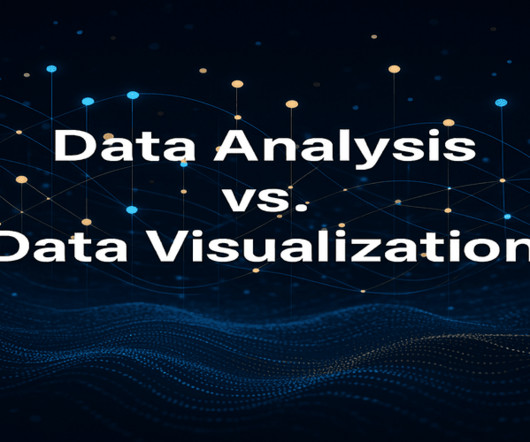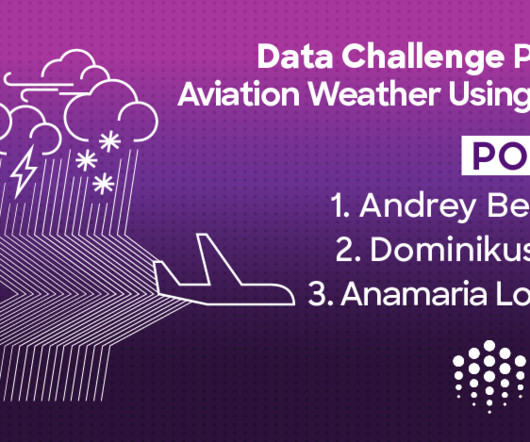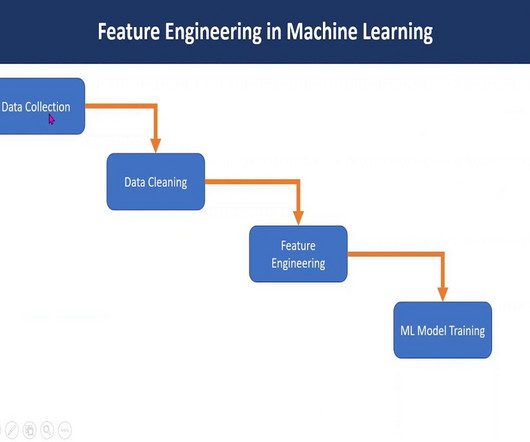Predicting the Protein Structure Resolution Using Decision Tree
Mlearning.ai
FEBRUARY 6, 2024
Exploratory Data Analysis(EDA)on Biological Data: A Hands-On Guide Unraveling the Structural Data of Proteins, Part II — Exploratory Data Analysis Photo from Pexels In a previous post, I covered the background of this protein structure resolution data set, including an explanation of key data terminology and details on how to acquire the data.



















Let's personalize your content